
Starting June 1st, 2023 Our warehouse fee will be $0.65/cubic foot per month
In effort to lower the warehouse storage fee during inflation, we have went narrow aisle racking.This construction took us four months but the project is finally completed. With narrow aisle racking, we are able to drop storage by 24%.We as partners will go through this inflation together.
03/24/2024
It is easy to get confused when hearing the acronyms for truckload shipping and less-than-truckload shipping as you try to decide which one is right for your specific needs. Both full truckload (FTL or TL) and less-than-truckload (LTL) options have their place in the freight shipping industry. Choosing the right freight shipping method depends on several variables, including the size and weight of your shipment, freight classification, and delivery timelines. It also might make sense to partner with a third-party logistics provider (3PL) to help manage your freight shipments.
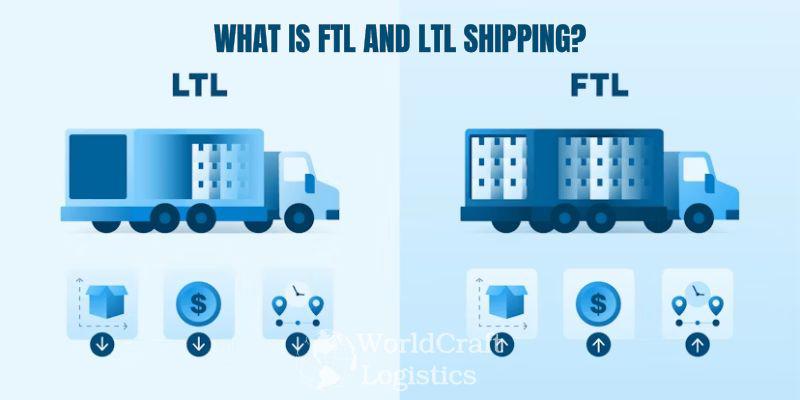
✍️ Full Truckload (FTL): Larger freight that fills an entire trailer, and the shipper pays for the use of the entire truck. FTL freight shipping is the action of moving freight from one shipper to a single destination. FLT is great when you want a dedicated truck for your goods.
✍️ Less-than-Truckload (LTL): Combines separate shipments from multiple businesses to fill one truckload. The shipper is charged based on the space their freight occupies on the truck. LTL is best used for shipments that are too large for parcel shipping but don't fill an entire freight truck.
If you are someone who wants to dig deeper into interesting topics, continue reading the articles below to discover new things about the logistics industry:
👉 Common LTL Shipping Mistakes and How to Avoid Them
👉 Mastering the Art of Packaging and Preparing Items for Less-than-Truckload Transport
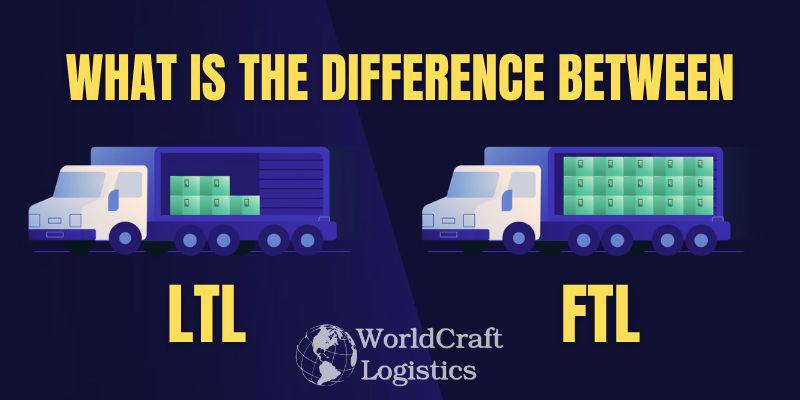
Five aspects distinguish LTL from FTL shipping: cost margin, environmental impact, delivery times, warehousing, and load frequency.
FTL and LTL truckload carriers may differ in their pricing models across companies. Besides, the LTL is almost cost savings choice. Sending out a few pallets means occupying little space within the truck.
LTL shipping is carpooling for goods, so it has a lesser environmental impact.
On the other hand, reserving an entire truck without taking up all its space is a waste. So LTL will always have a lesser footprint in these cases.
The only exception to the rule is when the FTL shipping method completely covers the truck. Then there is no difference in environmental impact.
FTL shipping picks up the freight and delivers it to the intended destination. Unlike, LTL has to make stops at several locations, which means that delivery times will almost always be longer.
Additionally, FTL shipping often has better estimates as fewer Force Majeure factors exist. However, each stop a truck has to make reduces prediction accuracy, so LTL shipping is less reliable.
LTL and FTL shipping impact warehousing. Consistent LTL smaller shipments will often be less stressful. As moving products around is more effortless. Full truck shipments always bring extensive delivery, which can cause storage issues.
Finally, the minor point is that FTL shipping loads and unloads the truck only once. As a result, LTL shipping has to move around goods to make room for new ones. Also, it unloads only partly at multiple locations, meaning there’s a higher risk of damage to fragile or sensitive products.
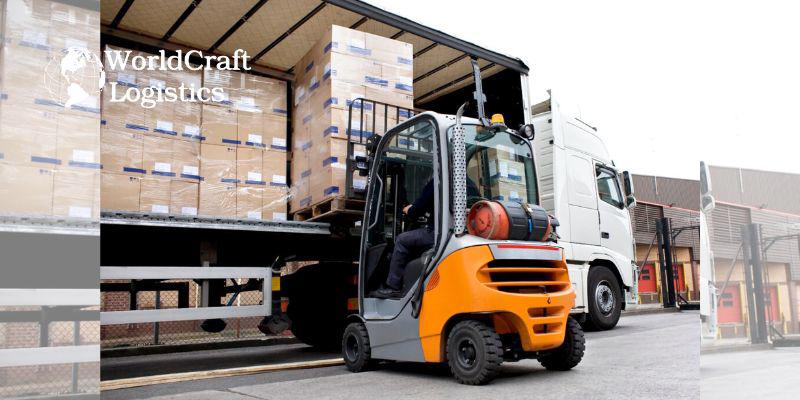
FTL is primarily used when your freight covers the entire truck. While you can send smaller freight through FTL, it’s not recommended as the costs will be much higher than with LTL. A rule of thumb could be to choose (for prices only) FTL when you send more than six pallets at a time.
Additionally, consider the requirements of your freight. Fragile or sensitive products are almost always best shipped with FTL. It reduces the amount of loading and, in turn, risks.
Finally, FTL is best if you have tight schedules and delivery dates. It’s often faster and more accurate. So you can make better predictions for your entire business chain. In short:
Freight covers a full truckload
Products are sensitive or fragile
Tight delivery schedules
Warehousing is not an issue
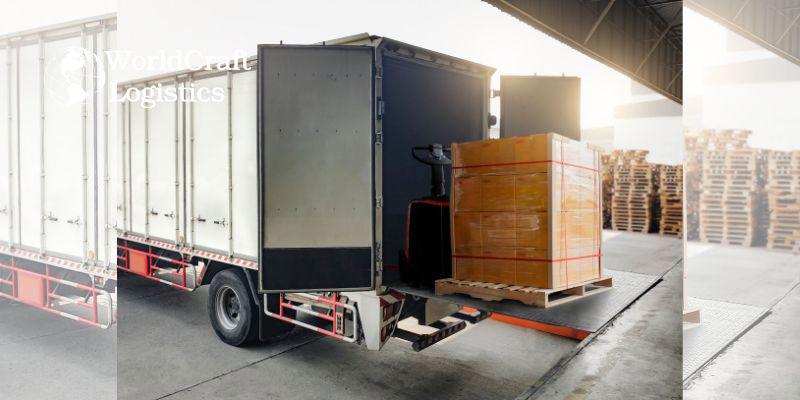
Going back to the rule of thumb, if you ship less than six pallets at a time, LTL shipments will often be the better option. In that case, costs are significantly lower than using full truckload shipments.
LTL can be a better option if your delivery times are more flexible and products are not fragile. Also, splitting them up into several LTL shipments can ease warehousing issues.
Finally, LTL freight is a better solution if your business is environmentally conscious. It has a smaller footprint. Yet, splitting up a truckload into several smaller ones might negate environmental benefits. In short:
Freight only covers part of the truckload
Budgetary constraints
Products are not sensitive or fragile
Business is environmentally conscious
There are specific times when you should use LTL or FTL. There are no hard and fast rules by which you must abide by, however, there are certain situations where full truckload freight might be more appropriate than LTL.
It is important to be aware of how likely your products could incur damage during shipment. You want to make sure that they are sturdy enough for regular handling at various points throughout the shipping process or that they’ve been properly packaged so that being handled regularly is unlikely to cause any damage.
As you have read, understanding and deciding which of these two freight options is best for your business can be a very complicated undertaking. Because of that, partnering with a third-party logistics provider (3PL) can often be the best option when it comes to shipping LTL or FTL freight, especially when shipments have special requirements or time sensitive deadlines. 3PL companies provide an advantage for businesses looking to find the most competitive rates in the market, along with service that they can count on. Here are a few benefits of using a 3PL to handle your freight shipments.
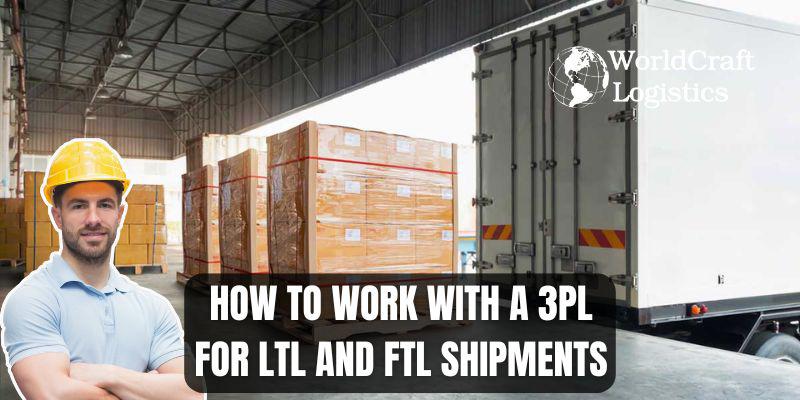
Freight shipping is often a core competency of many 3PL providers, both LTL and FTL included. They have the experience to be able to determine the best way to handle your freight since they provide that service every day. A 3PL helps many different clients handle their freight shipping and have visibility into different products, issues and other factors that determine the best option for your company. This experience helps them evaluate your shipping and choose the most efficient option and anticipate potential risks or higher costs.
Your company might only ship a few pallets each month to a smaller area, while a 3PL is shipping a significantly higher volume across the whole country or internationally on a daily basis. Their volume and buying power gives 3PL leverage when negotiating rates with freight carriers. By partnering up with a 3PL, you get access to these cost-effective rates.
It’s crucial for any business to know what is happening with their freight at any point in time. Many companies are afraid of the loss of control when using a 3PL for LTL or FTL. The reality is you gain more visibility into where your shipment is than you might have had trying to manage the process yourself. A team of professionals will focus on providing the highest level of service to your company, including detailed updates from your shipment’s inception to when it reaches its endpoint.
The final decision between FTL and LTL shipping will depend on costs, timing and handling requirements for your freight shipment. In many cases, LTL will provide a cheaper option for smaller loads, but if your load is heavy for its size, irregular in shape or takes up more than half of a truckload, it makes sense to get pricing for both options. Sometimes, full truckload is the way to go even if your load leaves empty space on the truck.
If you’re looking for a 3PL with fulfillment centers in cities across the US, we own and operate facilities in California.If you need fulfillment or shipping support and want to partner with WorldCraft Logistics, we’d love to hear from you.
SEO
Digital Marketing/SEO Specialist
Simon Mang is an SEO and Digital Marketing expert at Wordcraft Logistics. With many years of experience in the field of digital marketing, he has shaped and built strategies to effectively promote Wordcraft Logistics' online presence. With a deep understanding of the logistics industry, I have shared more than 500 specialized articles on many different topics.

Education
01/05/2025

Education
02/18/2025

Education
01/01/2024

Education
08/28/2024
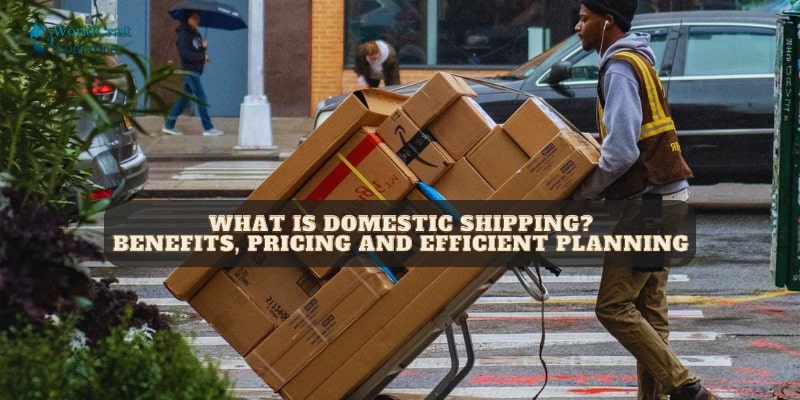
Education
11/13/2023